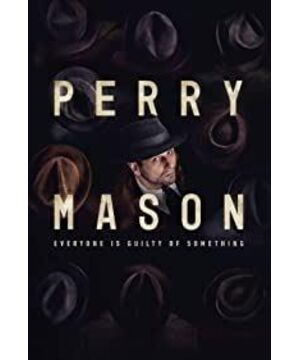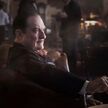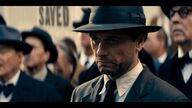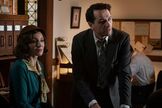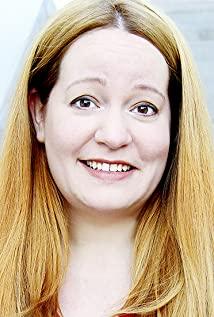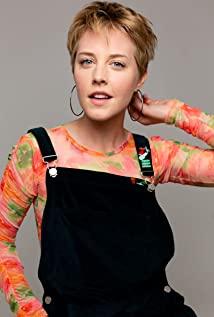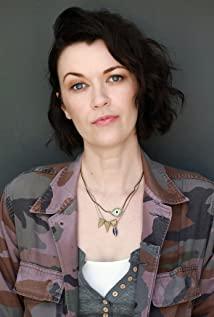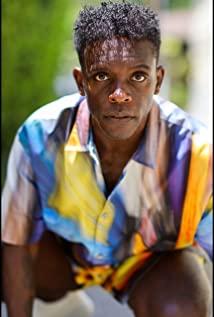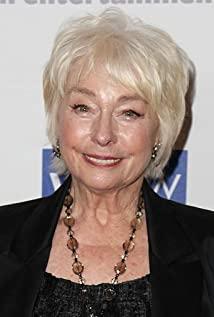Perry Mason came to the second episode. It starts with the male protagonist flashing back to the trenches of the First World War and ends with memories of shooting comrades on the battlefield.
When the chasing soldiers swarmed like locusts and the poison gas was close at hand, Mason raised his gun in the face of wounded soldiers he couldn't take away, which earned him the nickname "The Butcher of Monfalcone" and an infamous dismissal.
The scene of the trench is often associated with World War I. "1917", "Tolkien", and even "Downton Abbey" have similar scenes.
The male protagonist who survived from the German machine guns, flamethrowers and poisonous gas is decadent and desolate, like the farm left by his parents.
Mason and Derek, a black police officer, discovered new clues in the case at the same time: Mason started from Emily Dodson, the mother of the murdered child, while Derek, with his keen observation, found clues from corpses and bloodstains, and he was called the predecessor of crime scene investigation. . Mason finds the corpse with half of his face chipped off by a shotgun, and Derek finds half a denture. How will these two meet?
Tatiana Maslany's passionate sect leader, the second episode dedicates a tense sermon, satirizing the powerful and advocating capital punishment for the wicked—Blessed be the hangman—that's bloody, inflammatory. How she will continue to be involved in the story in the future is unknown. But there was a revival in Los Angeles in the 1930s, and it's rarely seen in film and television.
Speculation may be that the Great Depression turned people to religion for solace. Wandering the streets, Mason also heard a gospel blues song, "Lift Him Up That's all" by Washington Phillips , sung by wandering entertainers . But a lot of pain, from Mason's war memories to Emily's loss of a child, can't be relieved by a cigarette or a song.
The first episode called the talkie a talkie, and the second episode of the crowded and desperate people outside the employment agency was a feature of the era of the Great Depression of the 1930s.
The whole show is always dark and sad.
City background, dark night. Low-key, low-angle night lighting.
The ratio of diagonal and vertical lines in the picture exceeds that of horizontal lines. Oblique lines divide the screen into restless shapes to create a shaky tilt. The screen design is always claustrophobic, and the shadows of doors, windows and stairs will separate people from the crowd, making the characters more lonely.
Shadows, especially those cast by blinds or slow fans. Shadows engulf the characters, creating an atmosphere of fatalistic despair. Cities have been around longer than people, and no matter what you chase, it doesn't make much sense.
Rain and smoke.
Low camera. The overall style is depressing and closed.
The moral gray area, the role of both good and evil, wanders on the edge of the law.
These are the characteristics of classical noir films, and all of these techniques create an atmosphere of nothingness, pessimism and decadence.
Traditionally, early noir films often feature a private detective as the male lead (Perry Mason is a private eye), with a fatally attractive, beautiful and dangerous female lead.
In the second episode of Perry Mason, Mrs. Dodson, the mother of the murdered child, is revealed to be having an affair. But it's not certain she's the dangerous and beautiful heroine of film noir. Because the definition of film noir in the early days was not absolute, many works that were later classified as film noir did not necessarily have both roles at the same time.
The protagonists of film noir are always bound by the past. The influence of the era is obvious, such as World War II in the 1940s; the 1950s film noir, where spies replaced private investigators, was influenced by the Cold War; the 1960s was the anti-Vietnam War and the wave of sexual liberation, and so on. At Mason, World War I had a huge impact on his life.
In the picture, the shadows of the two people appear in the 1955 American noir film "The Big Combo" directed by Joseph H. Lewis.
The term Film noir comes from French and was first used by French critic Nino Frank in 1946, mainly to describe this type of dark, pessimistic and cynical genre film, usually set in the background of criminal and corrupt underworld society, full of The good and evil characters who are bound by the past and insecure about the future cannot extricate themselves.
The earliest classic definition of film noir consists of five points: dreamy, strange, sexual, love-hate or conflict between good and evil, cruel. But this definition is too simplistic.
Rather than defining film noir in terms of characters or style, define it in terms of an atmosphere.
Noir films of the 1940s, representative works include:
The Eagle of Malta
"Casablanca"
Double Indemnity
The Third Man
The Big Sleep
Hitchcock's noir spy film Notorious, and more.
The Cold War started in the 1950s. The classic noir films of this period include:
Sunset Boulevard
Hitchcock's Vertigo, Strangers on a Train
"In A Lonely Place"
The Night of the Hunter
The Killing
Touch of Evil, etc.
The 1960s began to enter the post-classic film noir era. The representative works of film noir during this period include:
Hitchcock's Psycho
"L'Année dernière à Marienbad" (L'Année dernière à Marienbad), I also mentioned this French film in my diary about the use of mirrors in film and television dramas
The Virgin Fountain, Ingmar Bergman
Hell Is a City (1960), etc.
In 1970, there was Roman Polanski's "Chinatown", and the roles of private detectives and seductive beauties were still there. There is also a moral gray area of good and evil.
1970s film noir and Martin Scorsese's Taxi Driver.
In 1980, there were "Blade Runner" and "Lan Velvet".
As shown in the figure, the Coen Brothers "Frozen" and David Fincher's "Seven Deadly Sins" can be regarded as the representative works of noir films in the 1990s.
Kevin Spacey, The Usual Suspects and L.A. Confidential, and Quentin Pulp Fiction could also be classified as noir films. Most of Quentin's work seems to be black.
Fight Club by David Fincher.
Noir films in the 2000s include No Country for Old Men, Memento, and V for Vendetta.
The closer you get to the present, the less obvious the classic configuration of characters in film noir, but the general atmosphere remains consistent with earlier works, and even in color films, the audience can feel a repressed and dull tone.
The choice of characters on the moral level also often does not conform to the mainstream values of society. Some TV series, such as "House of Cards" and "Breaking Bad", also have a considerable proportion of black elements.
View more about Perry Mason reviews


